Introduction to Surfing Variations
Surfing is a sport that transcends geographical boundaries, manifesting in a diverse array of styles, techniques, and types. Each variation of surfing has been shaped by its cultural origins and the unique environments in which it is practiced. From the rugged coastlines of the Pacific to the tranquil beaches of the Caribbean, the practice of riding waves offers a fascinating glimpse into the interplay between nature and human experience.
One of the primary manifestations of surfing variations can be seen in the different styles that surfers adopt based on their environment. For instance, longboarding embraces a traditional approach, characterized by the use of longer boards that facilitate graceful carving and nose riding. Alternatively, shortboarding is more agile, allowing for high-performance tricks and rapid maneuvers, making it popular in competitive arenas. Other styles include paddleboarding and bodyboarding, each presenting unique challenges and catering to various skill sets.
The engagement with local surf culture also enriches these variations, as surfers often adapt their techniques to accommodate the specific wave conditions they encounter. For example, reef breaks, point breaks, and beach breaks all impact how surfers ride the waves, leading to different practices and preferences. Consequently, a surfer in Hawaii may have distinct techniques compared to a surfer in California or Australia, influenced by the type of waves and prevailing surf culture.
This diversity in surfing not only appeals to surfers’ personal preferences but also speaks to their varying levels of proficiency. Beginners might gravitate towards styles that are more forgiving, while advanced surfers often seek out challenging conditions that allow them to refine their skills. As surfers explore these variations, they embark on a journey reflective of their individual desires, environmental influences, and the rich tapestry of surfing culture across the globe.
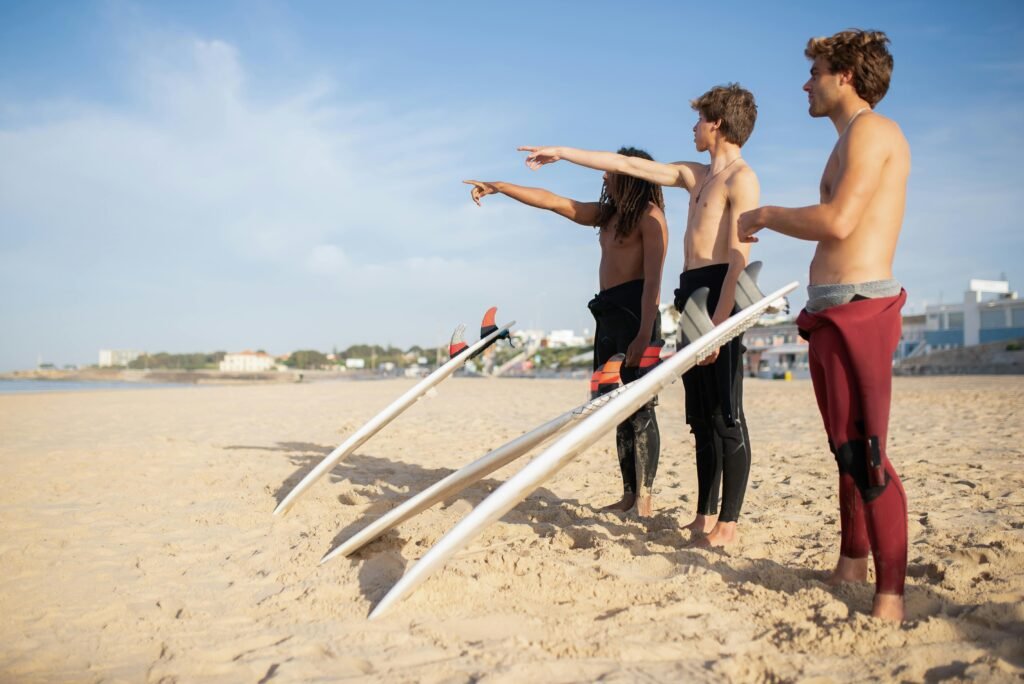
Popular Surfing Styles Across the Globe
Surfing is a diverse sport, encompassing a variety of styles that each cater to different wave conditions, surfboards, and cultural backdrops. One of the most recognized styles is shortboarding, characterized by shorter, more maneuverable boards typically ranging from 5 to 6.5 feet in length. This style thrives in challenging and dynamic wave conditions, allowing surfers to perform rapid tricks and sharp turns. Shortboarding is particularly prevalent in regions with powerful waves, such as the North Shore of Oahu or Bali’s renowned reef breaks.
In contrast, longboarding, which uses longer boards typically exceeding 9 feet, emphasizes a more graceful approach to surfing. Longboarders often engage in smoother, style-oriented maneuvers that highlight the art of riding the wave. Popular in places like California and the Hawaiian Islands, longboarding reflects a laid-back surfing culture focused on enjoying the ride rather than chasing high-speed maneuvers. The relaxed nature of longboarding allows surfers to catch softer waves, making it ideal for a variety of conditions.
Paddleboarding is another popular style gaining traction worldwide, especially in calmer coastal areas. This method involves riding a wider board while using a paddle to propel oneself forward. Stand-up paddleboarding (SUP) has swiftly grown in popularity due to its accessibility for diverse skill levels and its versatility for different water conditions. Surfers practicing SUP can tackle everything from placid lakes to choppy ocean waves, integrating a full-body workout with the enjoyment of aquatic environments.
Lastly, windsurfing merges elements of surfing and sailing, utilizing a board with an attached sail. Ideal for windy conditions, this dynamic sport has its roots in regions known for consistent winds, such as the Canary Islands and the Great Lakes of America. The cultural significance of these surfing styles underscores how geographical settings and local traditions shape the surfing experience, creating a rich tapestry of techniques and community involvement across the globe.
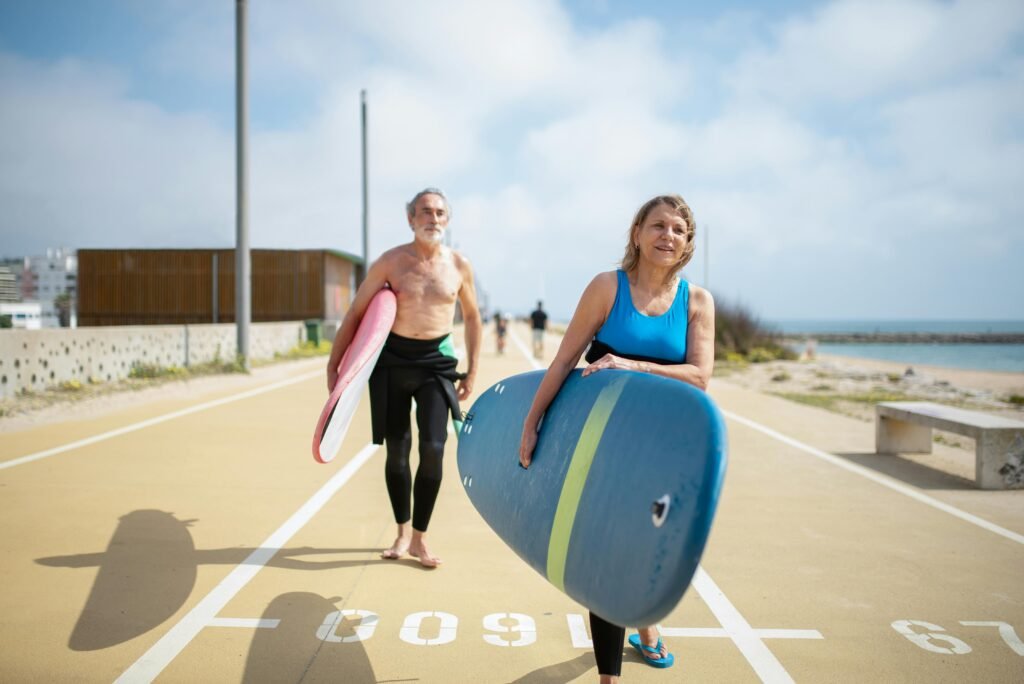
Regional Differences in Surfing Conditions
Surfing is a sport profoundly influenced by geographical and meteorological factors, creating distinct conditions across various regions of the world. The types of waves and the environment surrounding these waves can vary significantly from one locale to another, leading to unique surfing experiences. In Hawaii, for instance, surfers encounter some of the largest and most powerful waves thanks to the north and west swells that funnel into the islands. Famous spots like Waimea Bay and Pipeline are renowned for their formidable waves, attracting surfers seeking extreme challenges.
California, on the other hand, presents a different tapestry of surfing conditions. With a coastline stretching over 800 miles, California has a diverse range of waves shaped by the Pacific Ocean’s currents. The state is known for its beach breaks, point breaks, and reef breaks, each offering varying heights and complexities depending on the time of year. Locations like Malibu and Huntington Beach are celebrated for their consistent swells, making them popular for surfers of all skill levels.
Australia boasts some of the most diverse surfing environments in the world, including notable locations such as the Gold Coast and Byron Bay. Here, surfers can experience everything from small, playful waves to legendary tubes. The seasonal variations in swell patterns, driven by the southern ocean, contribute to an ever-evolving surfing landscape. Meanwhile, in Europe, countries like Portugal and France are gaining recognition for their thrilling surfing conditions. The Atlantic swells create powerful, world-class waves, particularly along the coasts of Nazaré and Hossegor. Tide patterns and wind directions play crucial roles in determining optimal surfing conditions in these regions as well.
Understanding these distinct regional differences is vital for surfers looking to select the appropriate styles and techniques that align with their chosen surfing locations. By recognizing the unique characteristics of each beach, surf enthusiasts can better appreciate the sport’s diversity while enhancing their overall surfing adventures.
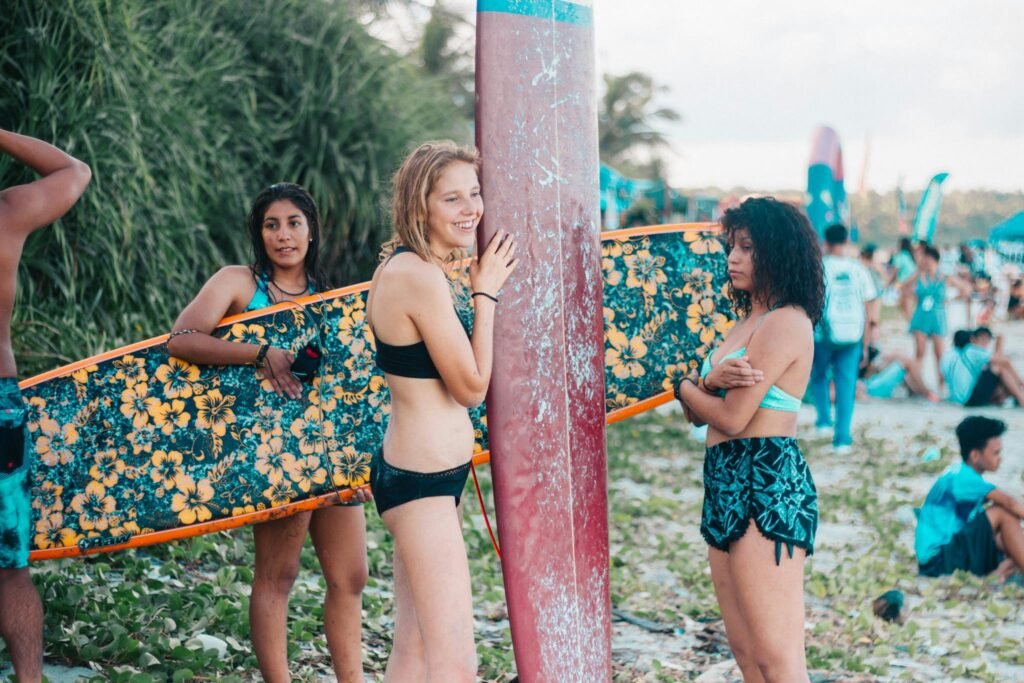
Cultural Impact of Surfing in Different Regions
Surfing has evolved far beyond being merely a sport; it has become a significant cultural phenomenon that varies greatly across different regions of the world. In areas such as Hawaii, the birthplace of contemporary surfing, the sport is deeply intertwined with the indigenous culture. Traditional practices, rituals, and spiritual beliefs associated with the ocean play a critical role in shaping the surfing experience. Here, surfers are not just athletes but also participants in a culture that respects and reveres the ocean and all its elements.
In Australia, surfing has taken on a distinct identity characterized by its laid-back lifestyle and vibrant local communities. Events such as the Bells Beach Surf Classic not only highlight surfing skills but also promote a strong sense of community, drawing people from diverse backgrounds together to celebrate the sport. This communal atmosphere fosters the development of local surf culture, where surfers share their experiences and knowledge, binding them to their environment.
Similarly, in regions like California, surfing transcends its athletic roots to embody a lifestyle, reflecting the state’s ethos of innovation and freedom. The rise of surf culture in urban areas has led to a blending of styles, influencing fashion, art, and language. Globalization has further connected surfers worldwide, enabling this sport to serve as a bridge between cultures while sometimes diluting local traditions. While some communities embrace these global influences, there is also a push to preserve indigenous surfing practices against the backdrop of commercialization.
In conclusion, the cultural impact of surfing is profound and multifaceted, shaped by regional differences and local traditions. As globalization continues to impact surf communities, it remains essential to recognize both the unique influences of local practices and the universal appeal of this cherished activity. Through this lens, surfing emerges not only as a recreational sport but also as a vibrant expression of identity and cultural values across the globe.

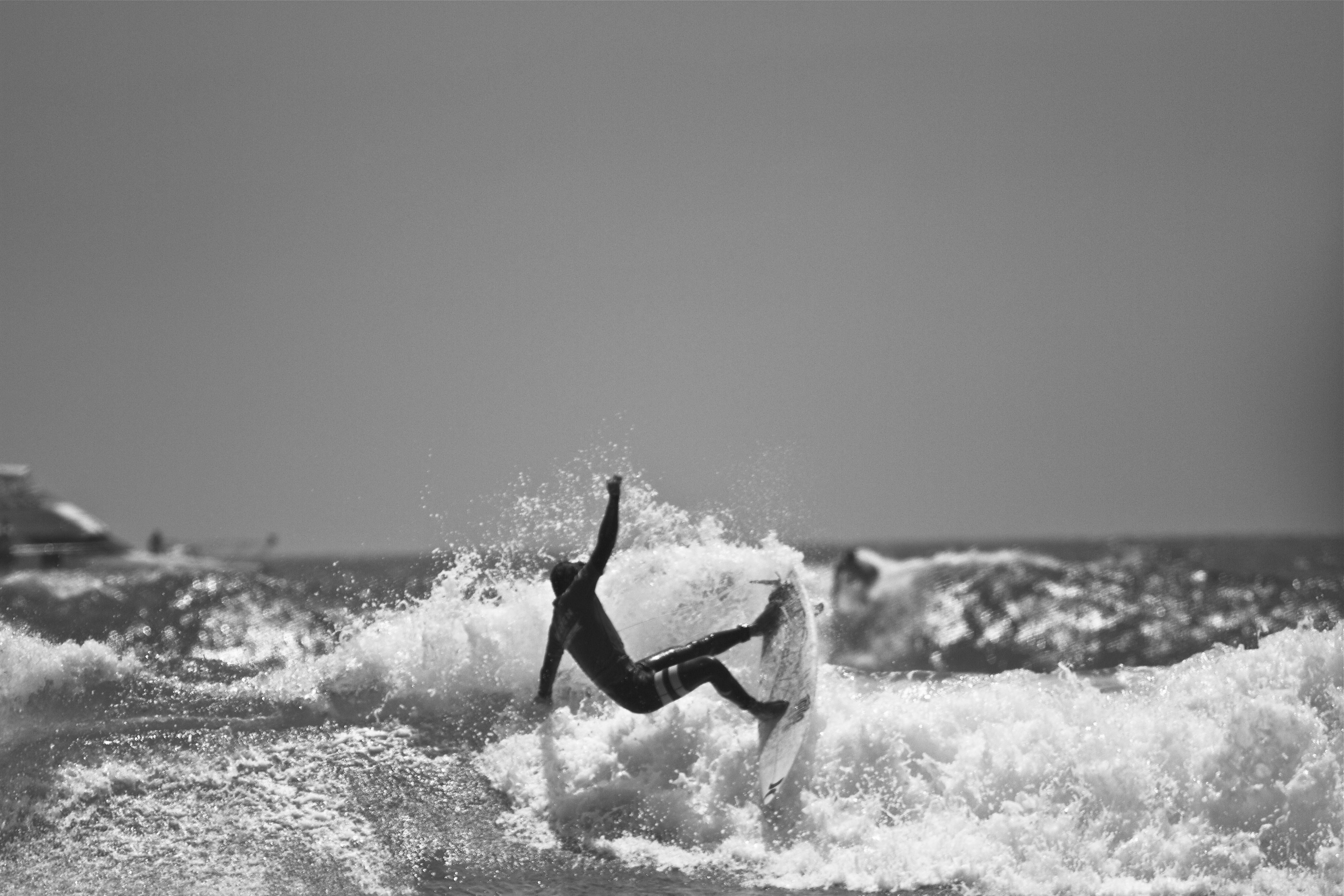
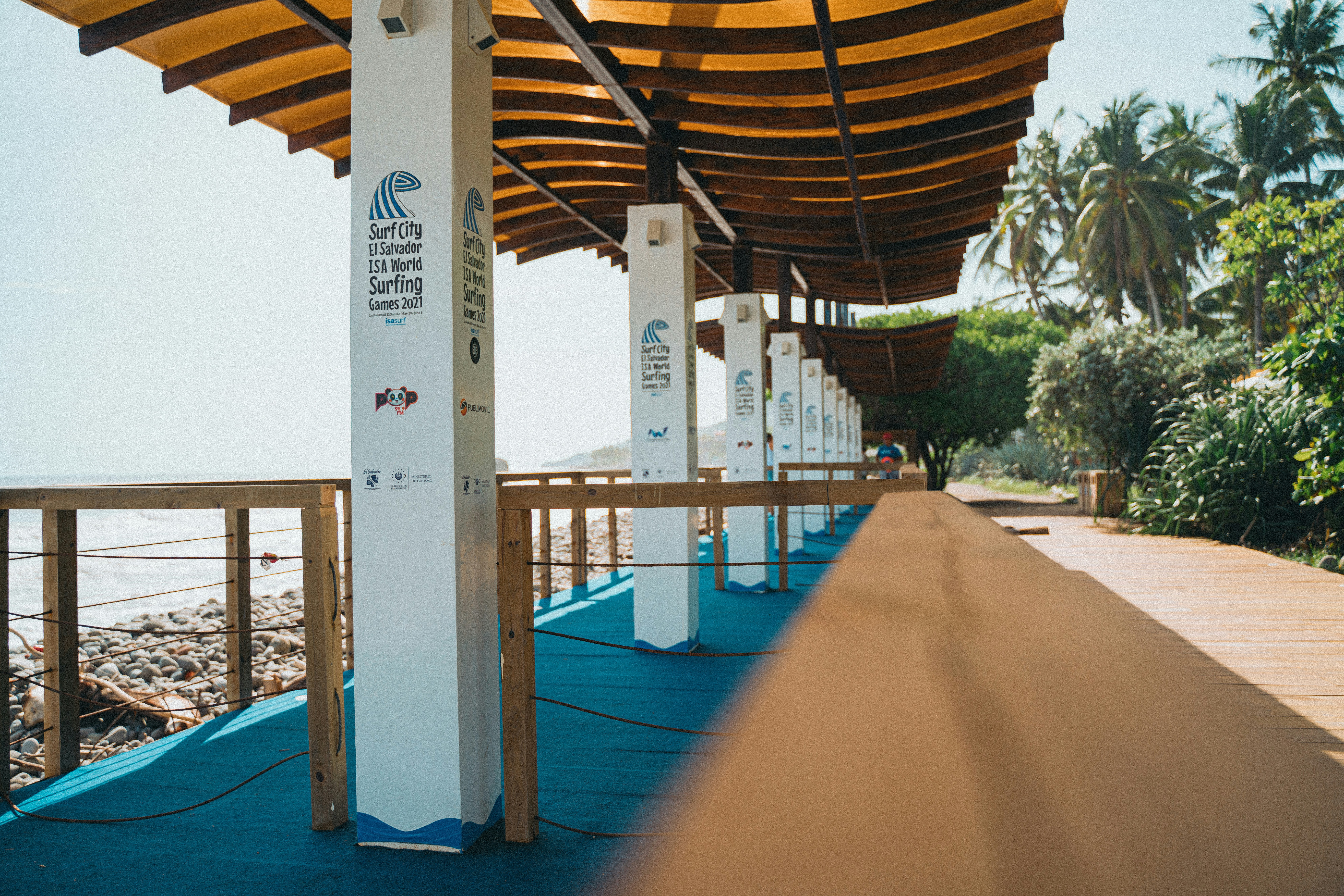
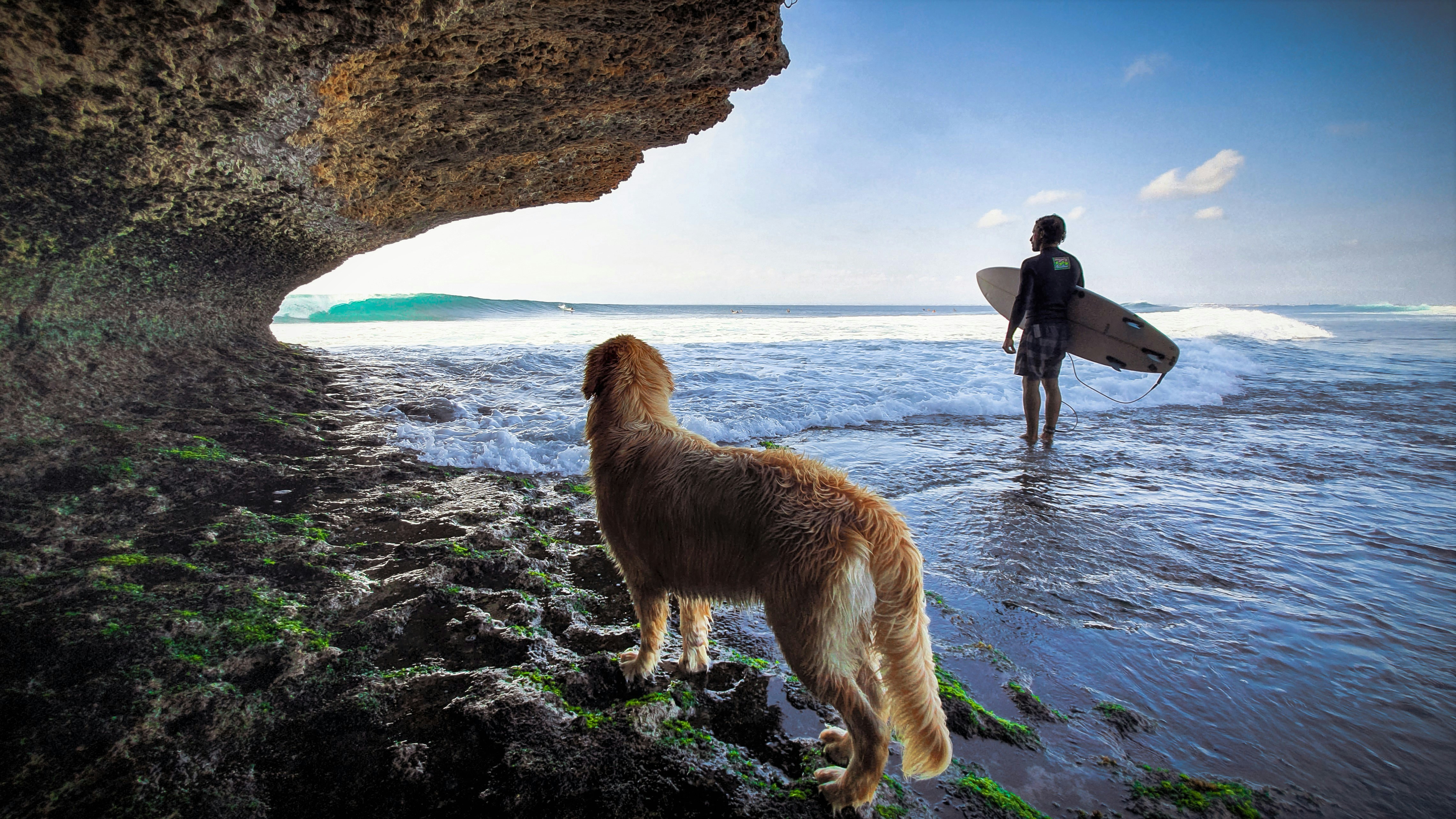
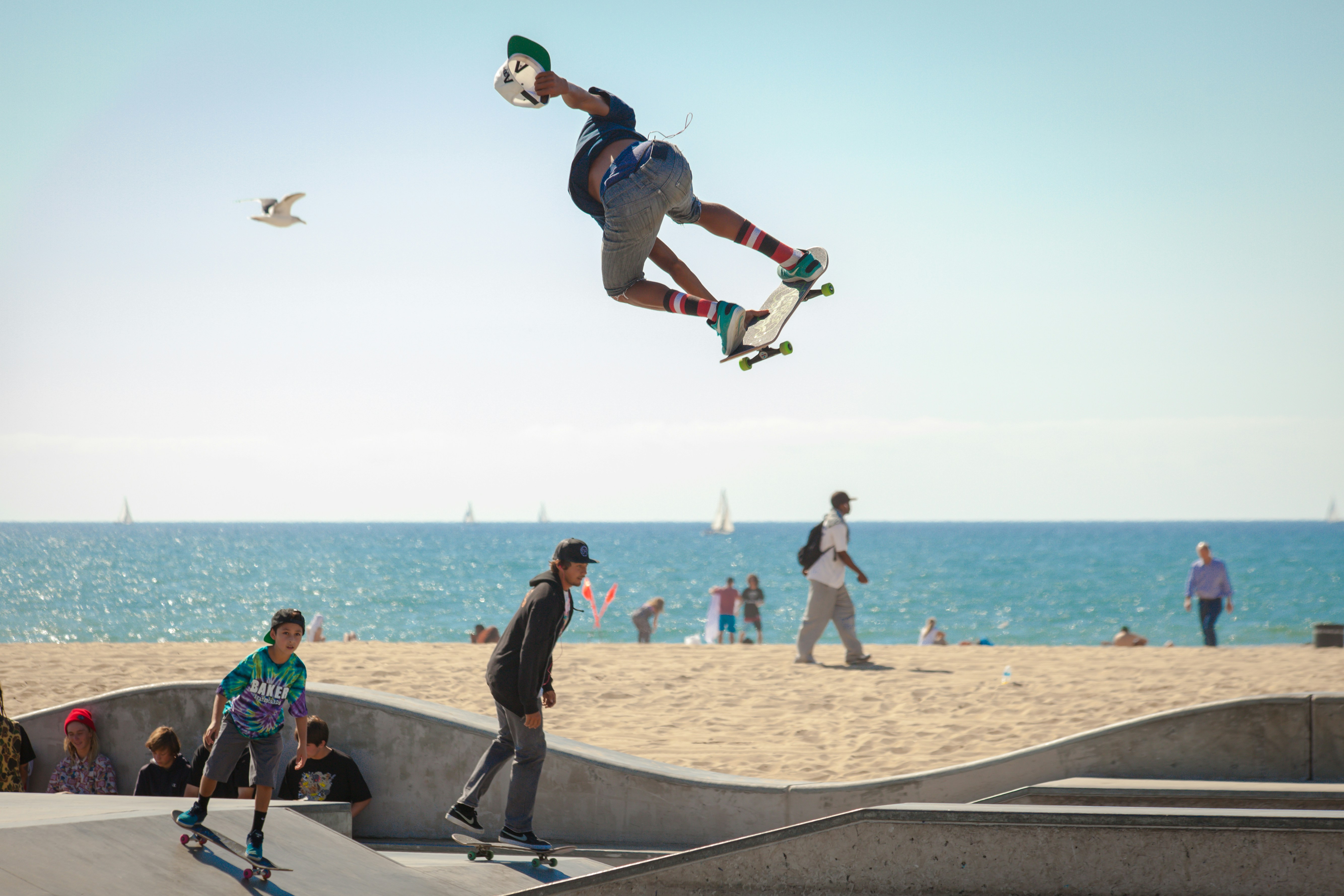
Leave a Reply